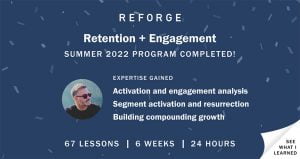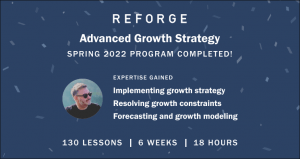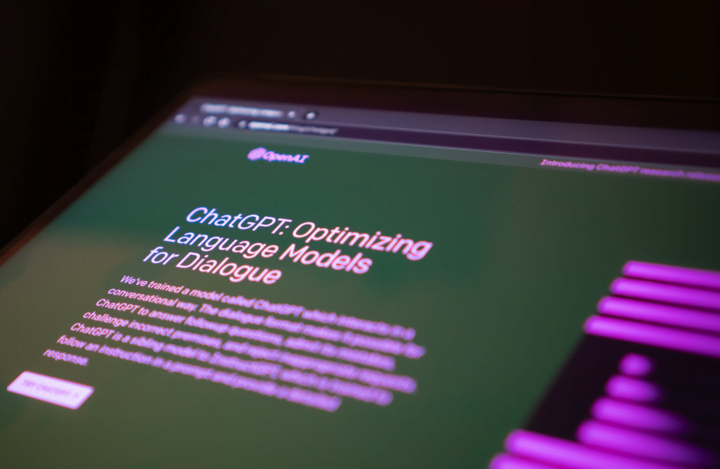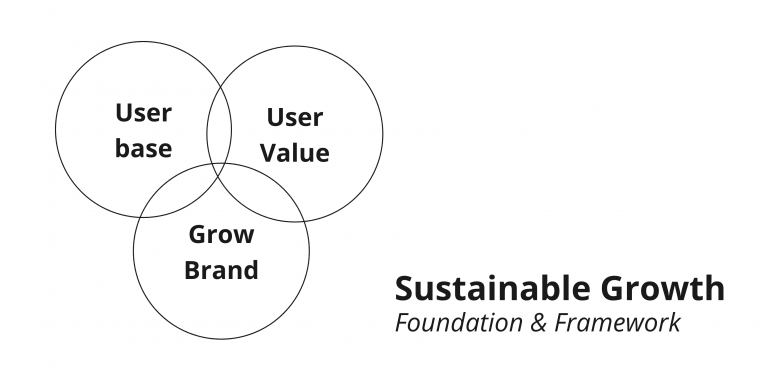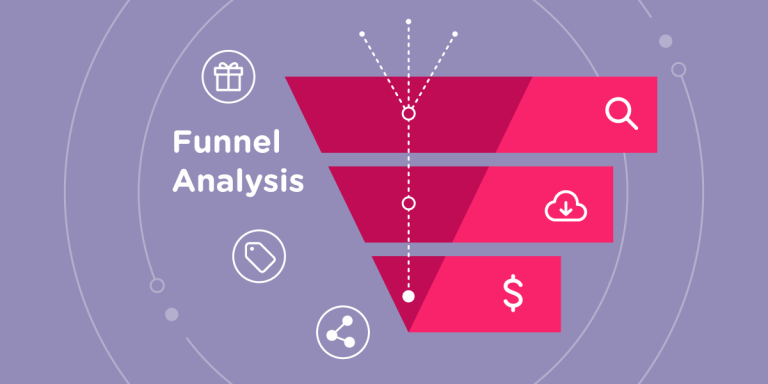This article was originally published on Content Magazine by Juliet Stott.
Brian Solis, principal analyst and futurist at Altimeter (the digital analyst group at Prophet), is an award-winning author and sought-after keynote speaker. Solis has worked with many leading brands, start-ups and celebrities to help them develop innovative digital strategies for a 2.0 culture.
Here he talks to Content Magazine about the impact digital has had on marketing, how customer experiences can help marketers differentiate their brands, and why websites suck.
Question: What has been the greatest disruption to marketing, and what impact has it had on the industry?
Brian: Social is one of the disruptions, but it is not the most disruptive. Social democratized information and gave power to the consumers to take control of their own customer journey, and from there everything has snowballed. I think the greatest disruption in marketing has been the industry’s inability to disrupt itself.
Since the inception of the web – marketers have not changed their approach with emerging technology. And that’s the challenge. (Brian Solis)
Each technological disruption has brought with it an entirely new consumer mindset. The new platforms have changed how consumers behave, how they engage, and how they communicate. Yet, marketers, over the last 15-20 years, have not really evolved with the times. They have used new technology platforms, everything from social to AR/VR, with the same marketing playbook, without imagining how each platform opens itself up to new opportunities for messaging and engagement.
New platforms and devices are being launched at such a frequent rate – how can marketers keep up? Which trends should they invest in, which should they ignore?
Marketers need to look at the trends that their customers and people are adapting to, and not be swayed by ‘shiny object syndrome’. They need to understand why these technologies are becoming trends, and how they change behaviour. So, it’s not just about when to jump on something in the hype cycle, it is about using data to identify how technology is impacting on consumer behaviour.
Marketers tend to get stuck in the rut of ‘business as usual’ – using the same metrics, the same campaign mindset, and the same budget to fund programs, and they put people in front of strategies that they aren’t the most qualified to manage. (Brian Solis)
Instead they need to understand how to use these new technologies to be culturally relevant, and adapt their practices to align with the change in consumer behavio
Why is delivering good customer experience important to marketers? Can you give an example of it/best practice?
The first challenge is to understand what the customer experience [with the brand] is today, and how that aligns with expectations.
The word ‘experience’ is very personal. It’s an emotional reaction to a moment. (Brian Solis)
It can be measured by what happens after that moment. Marketers have to understand that experience architects need to deliver the kinds of experiences that people don’t just want, but that ones that deliver happiness, engagement or entertainment in ways that they will simply cherish; as the best, and the worst, experiences become memories.
As technology evolves, customer expectations change, so do their tastes, and their values. It’s these expectations that create new opportunities for marketers to reach consumers and engage with them in ways that they haven’t considered before. (Brian Solis)
I don’t know a brand that I can tell you I love. Many have adopted new business models, in terms of modern commerce; they are using modern marketing methods to reach modern customers. But they are still using 1.0 CRM systems, that aren’t thinking about individual engagement. I think that there is an opportunity for marketers to reimagine the entire premise for what marketing means in 2017 and beyond.
Should marketers invest in new technology?
Asking if you need new technology is missing the point. The point is, what people are doing, what they expect, how they make decisions, and what they prefer is all changing. We have to reverse engineer the customer journey and design it with new touch points in mind. You almost have to borrow from the five Ws of journalism (who, what, where, why, how).
Marketers need to think about being there at the right place, at the right time, delivering the right message, in the right context; then look at technology. (Brian Solis)
Technology should act as enabler and have a purpose, but unfortunately today we use it as a solution to a problem that we don’t necessarily understand.
Many tech analysists are predicting the demise of websites—what is driving this sentiment? And if this prediction is true—what will replace them?
I think everything is disrupting websites, because websites suck. That’s the fault of marketers. We haven’t challenged ourselves to reimagine what a website should be since 1995.
(Websites) are a horrible experience today, because they are built based on a web 1.0/analogue world. (Brian Solis)
The first series of websites were digital brochures, and they still are. The most innovative we get now is injecting flash or immersive technology like VR, but they are still being built on a premise that isn’t engaging consumers in the way they want. Again, thinking about how people make decisions, one of the very last things they want is a tedious website—consumers are looking for quick answers.
I did research with Google around ‘micro moments’—into how people make decisions. They just want to get to the next step, in the minutes they have available, while they are looking at their smartphones. So, in some cases voice is going to be the next platform, so is video, or traditional mobile UIs, but not one is going to displace the other. What they will all do collectively, is make legacy platforms obsolete, unless websites evolve; which they can and should.
What advice would you give to marketers who are looking to create their five-year plan today?
All plans should look at the bigger trends of how technology is impacting on markets, over time. Marketers need to look at disruptive technology, and the impact it is having on society, and identify their deficiencies today and what they need for tomorrow to breech that gap.
It’s not about being ahead of the tech trends as much as being aligned with them and building the right infrastructure to track along with it. Technology is only part of the solution; the other part is perspective.
Find out more about how to bring the worlds of CX, UX and BX together to re-imagine the customer journey and lifecycle in Brian Solis’ book, X: The Experience When Business Meets Design.




